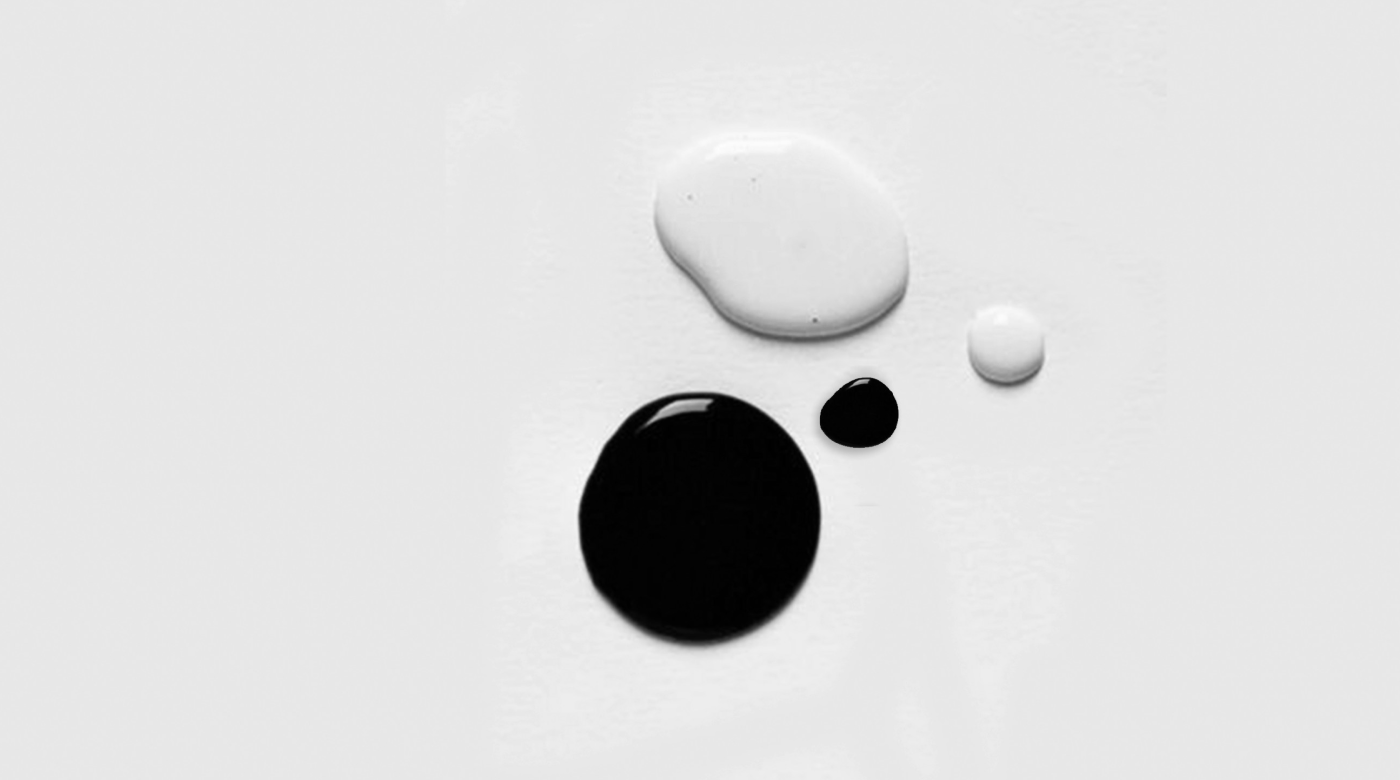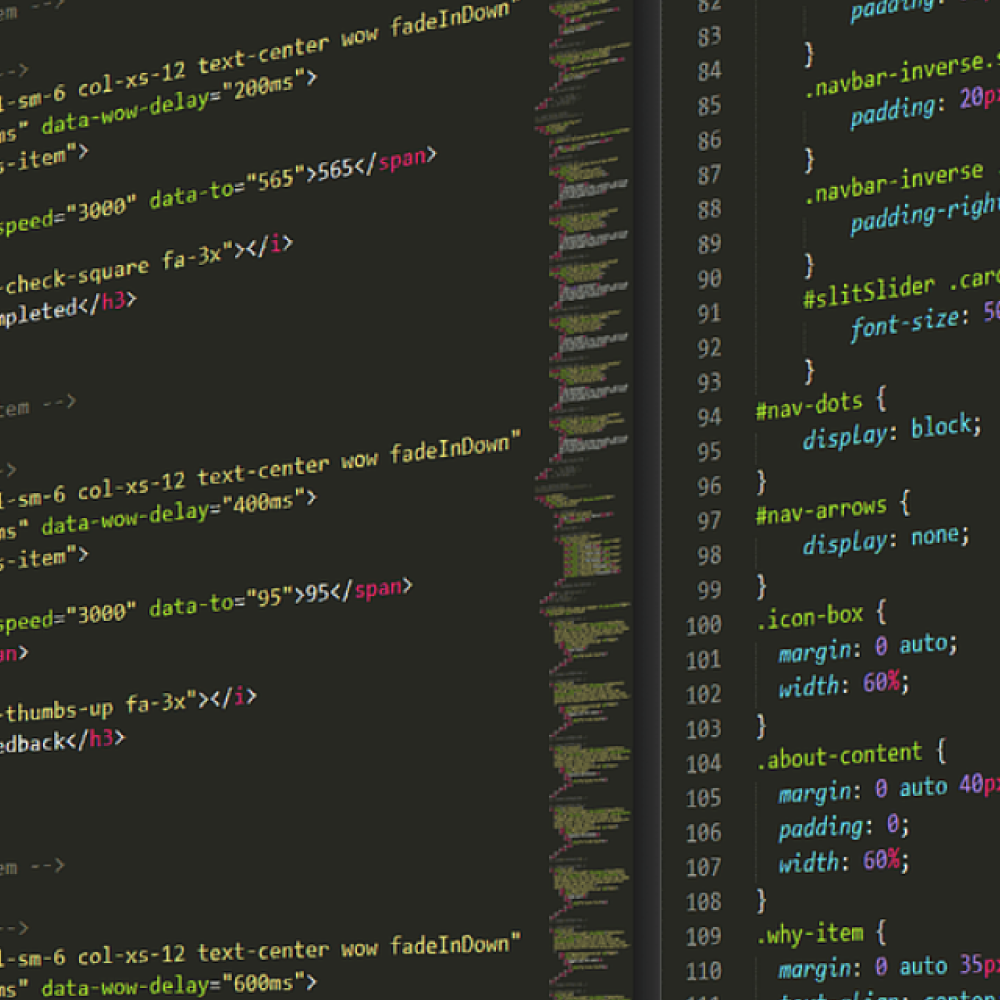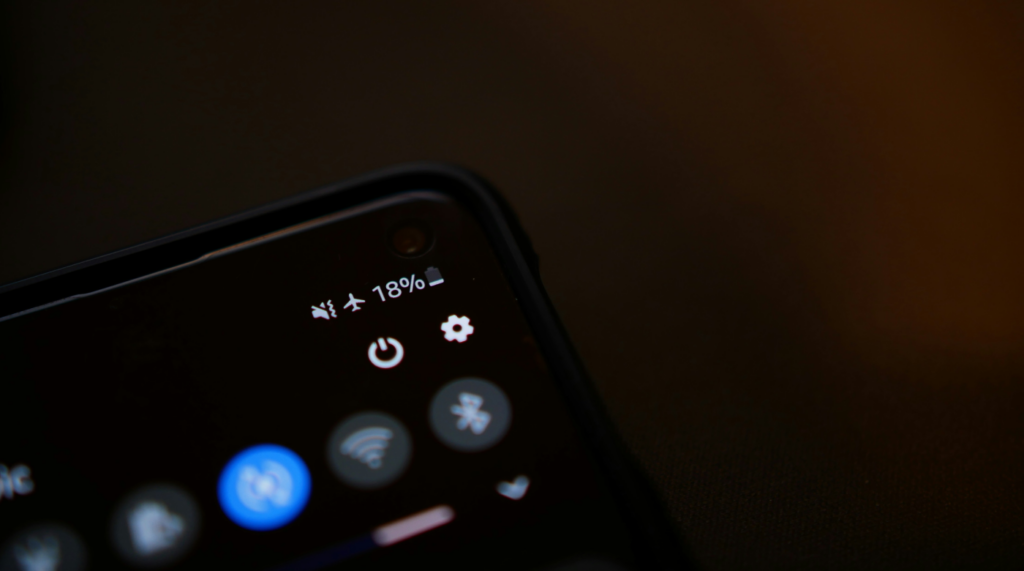Minimalism in digital design
from Sarah Günther
19.09.2024

Minimalism in design is becoming increasingly popular in the digital world. Whether on websites, in apps or for digital products – clear structures and reduced design elements not only ensure an aesthetic look, but also improve the user experience. At a time when we are inundated with information, minimalist design helps us to focus on the essentials. But how exactly does it work and why is it so effective?
This article looks at the basics of minimalism in digital design, how it optimizes the user experience and what principles play a role in this. As a digital design agency, we explain why less is often more and how this philosophy can be integrated into digital products.
What is minimalism in digital design?
Minimalism in digital design means deliberately reducing design elements to the essentials. The aim is to avoid unnecessary content and visual overload so as not to overwhelm the user. The art lies in using only the elements that are really necessary to achieve the desired goal – whether it is to convey information, carry out an action or enable a certain interaction. A minimalist design is characterized by simple shapes, clear lines and limited colour schemes. Instead of bombarding the user with elaborate animations or numerous visual stimuli, the focus is placed on functionality and user-friendliness. As a rule, “form follows function” – the design should always serve the functionality of the product.
Why minimalism is so important in digital design
The digital world is becoming increasingly complex and users are often overwhelmed by the amount of information they consume on a daily basis. Minimalist design offers a solution here by removing unnecessary distractions and focusing on the essentials. This leads to clearer and more intuitive user guidance, which in turn improves the user experience (UX). A minimalist design also ensures faster loading times, as fewer design elements and graphics need to be processed. This is not only advantageous from a technical point of view, but is also an important factor for search engine rankings. Google and other search engines prefer websites that load quickly and are user-friendly. In this context, minimalist design also contributes to search engine optimization (SEO).
Need
HELP?
As a web design agency, we help you to design your digital products. Our digital experts are at your side!
The central principles of minimalist design
- White space: White space or negative space refers to the areas between the design elements. The targeted use of white space visually relieves the user and brings important information more to the fore. It creates structure and guides the viewer’s eye through the page.
- Reduced color palette: Instead of many different colors, minimalist design often relies on a reduced color scheme that uses only a few shades. This contributes to the calm and harmonious appearance of the design.
- Typography: The choice of font is of great importance in minimalist design. Clear, legible fonts, often used in different weights (e.g. bold or italic), can create different visual hierarchies without the use of additional design elements.
- Simplicity: Every design element should fulfill a clear purpose. Unnecessary details or complex graphics are avoided. Instead, the focus is on function.
How minimalism improves the user experience (UX)
The challenges of minimalism in digital design
Examples of successful minimalism in digital design
There are numerous examples that show how minimalism can be successfully implemented in digital design. Well-known examples of the application of minimalist principles include
Both the websites and the user interface of the products are characterized by clarity, simplicity and functionality. Large images, little text and intuitive navigation are typical features.
Conclusion:
Minimalism in digital design is more than just a trend – it represents a conscious decision to optimize the user experience and focus on the essentials. Clear structures, reduced elements and a well thought-out design ensure that users can find their way around more easily and reach their destination more quickly. At the same time, loading times are improved and search engine optimization is supported. Even if minimalism comes with its challenges, such as striking the right balance between function and aesthetics, it offers numerous advantages that are of great value to both designers and users. Ultimately, it is the reduction to the essentials that makes a design not only beautiful but also functional – true to the motto: less is more.
From the latest industry trends and the latest insights into AI and UX/UI design to exciting use cases. Sign up for our monthly newsletter and stay up to date!
Stay
tuned
More articles



